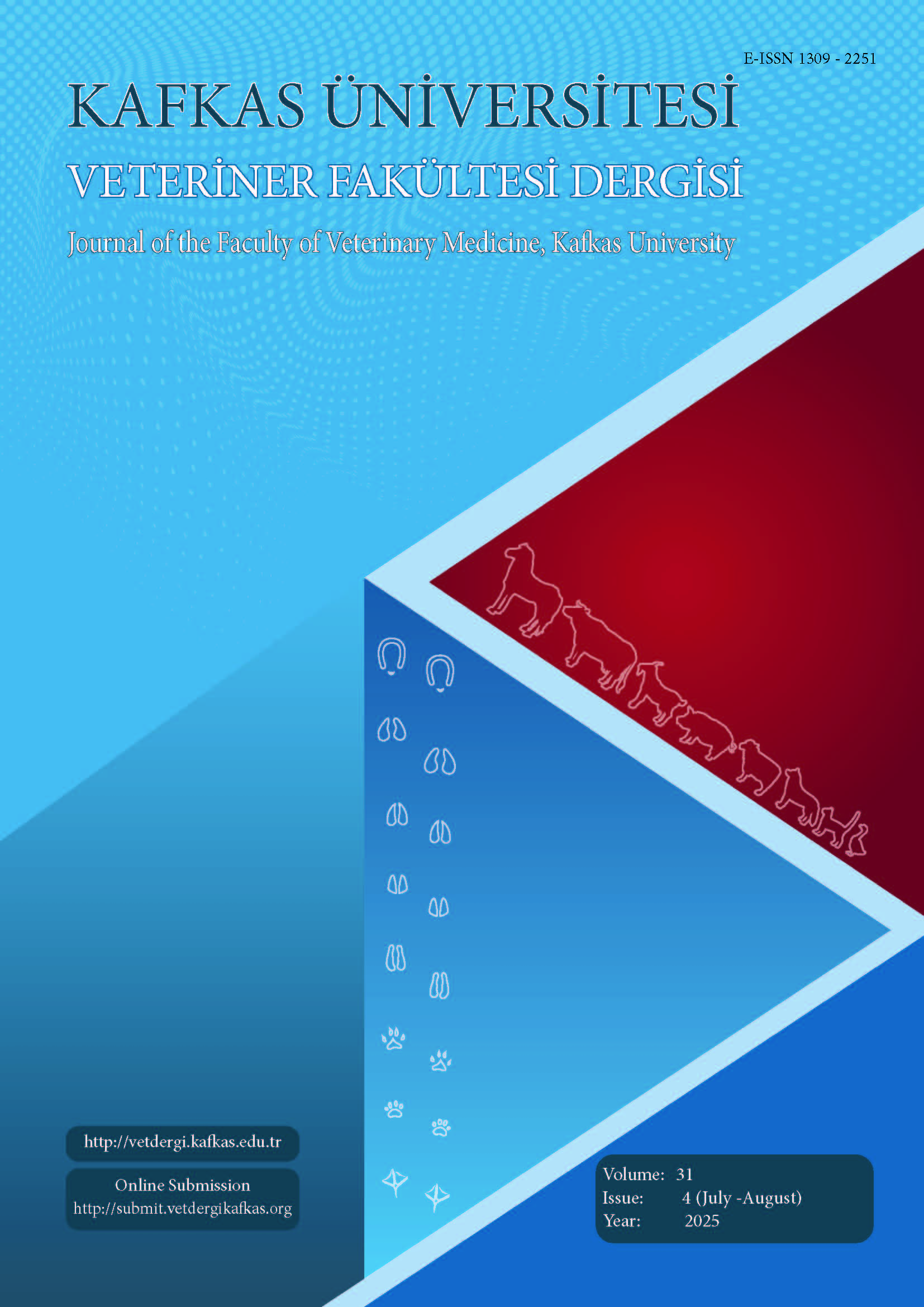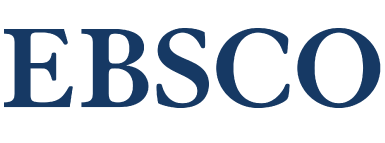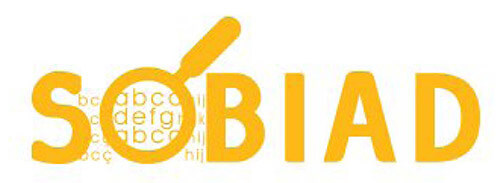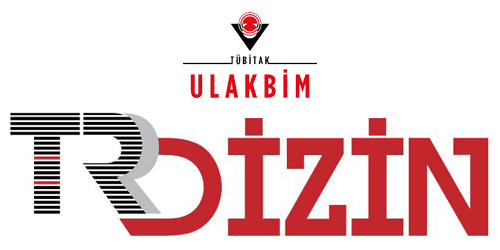
This journal is licensed under a Creative Commons Attribution-NonCommercial 4.0 International License
Kafkas Üniversitesi Veteriner Fakültesi Dergisi
2025 , Vol 31 , Issue 4
Risk Factors Associated with Prolapsed Nictitating Membrane Gland in Cats with Conjunctivitis: Analysis of 65 Cases
1Ankara University, Faculty of Veterinary Medicine, Surgery Department, TR-06070 Ankara - TÜRKİYE2Ankara University, Faculty of Veterinary Medicine, Biostatistics Department, TR-06070 Ankara - TÜRKİYE
3Ankara University, Graduate School of Health Sciences, TR-06070 Ankara - TÜRKİYE DOI : 10.9775/kvfd.2025.34201 This study aims to evaluate animal-related and environmental risk factors influencing the development of prolapsed nictitating membrane gland (PNMG) in cats presented with complaints of conjunctivitis. A retrospective review of 65 cats diagnosed with PNMG, selected from a cohort of 318 cats presenting with conjunctivitis between 2019 and 2024. Data recorded included signalment, case history, ophthalmic examinations, intraoperative findings and outcomes. Direct ophthalmoscopy and slit-lamp biomicroscopy revealed no ocular abnormalities in cats with PNMG. Notably, 81.5% of cats with gland prolapse were identified as brachycephalic. Univariate logistic regression analysis indicated that breed, season, and history had a statistically significant effect on the occurrence of PNMG (p<0.05). Classification and regression tree analysis identified season as the most influential factor affecting PNMG, with the highest prevalence (40.5%) observed in brachycephalic breeds during spring season. The brachycephalic head structure was confirmed as a significant contributing factor to the development of PNMG in cats, consistent with findings in dogs. However, the seasonal variation and the role of ocular irritants in gland prolapse suggest that allergens may play a primary role in the etiology, as proposed by the authors. Keywords : Brachycephalic, Cherry eye, Conjunctivitis, Hyperplasia, Ocular irritants, Third eyelid










